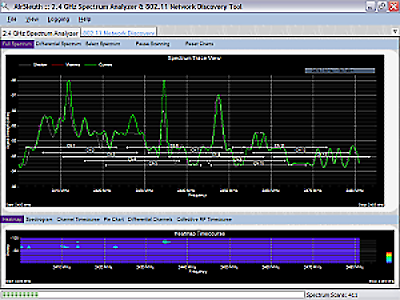
Network analyzers can be used to measure the transmission and reflection of signals so that engineers can understand how their circuits will behave. This describes how a signal travels through a medium. Transmission and reflection measurements.They can also be used to improve the performance of circuits by identifying any issues that may occur at high frequencies. By doing this, they can help engineers understand how their circuits behave under different conditions. Network analyzers are used for the high-frequency response of a circuit. Some common uses for network analyzers are: Network analyzers are commonly used in the telecommunications industry, the aerospace industry, and the automotive industry. They can also be used to calibrate other instruments. Network analyzers are used for various purposes, including measuring the performance of circuits, debugging circuits, and characterizing circuits. Large-signal network analyzers are less common than VNAs and SNAs, but they offer the advantage of measuring nonlinear circuits, which means they can be used in a wider range of applications. An SNA only measures the amplitude properties of the circuit. They offer several advantages, including the ability to simultaneously measure all four S-parameters and support a wide range of frequencies, which makes them ideal for a number of applications. VNAs are the most common type of network analyzer on the market today. They are available in different form factors, such as 2-port, 4-port, and 8-port analyzers. Network analyzers come in handheld devices, benchtop units, and modular units. When measuring impedance, they can utilize Time Domain Reflectometry (TDR), a specialized form of time domain analysis. They also use frequency sweep to measure the frequency response of a circuit. Network analyzers use a technique called power measurement to determine the power of a signal.

They are also used to improve and optimize the performance of circuits by measuring parameters like gain, return loss, and impedance. By measuring these parameters, network analyzers can help engineers understand how their circuits will behave under different conditions. These parameters are used to characterize the electrical behavior of nonlinear circuits.

Network analyzers can also measure Y-parameters, Z-parameters, and H-parameters. Network analyzers mostly measure S-parameters, which are a type of parameter that characterizes the electrical behavior of linear circuits, or more specifically, the input/output relationships of circuits between ports. A network analyzer is an instrument that measures the network parameters of electrical circuits.


 0 kommentar(er)
0 kommentar(er)
